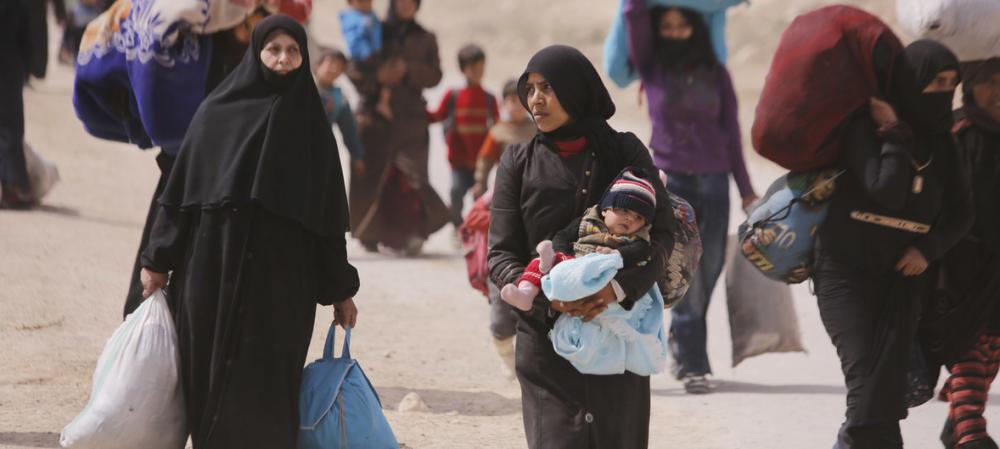Just Earth News | @justearthnews | 30 May 2018

New York: Less than 20 per cent of the “desperate” civilians living in Syria’s hard-to-reach areas have got the humanitarian aid they need so far this year, a senior United Nations official warned on Tuesday, calling for the Security Council to help ease their plight.
“Those two million people, in places like northern rural Homs, Douma and southern Damascus, are some of the most desperate in the country,” Mark Lowcock, the UN Emergency Relief Coordinator, said during his briefing to the 15-member body.
Only six inter-agency convoys have reached those areas since January, providing relief for 169,000 people, which is “less than 20 per cent of the people we would like to be reaching,” he added.
Updating members on the situation in formerly rebel-held eastern Ghouta, Lowcock, who is also Under-Secretary-General for Humanitarian Affairs, said he had released $16 million from the Syria Humanitarian Fund to support people in that area – now under government control.
The Damascus suburb was recaptured after years of siege in April, following an intense battle, and the Syrian government asked the UN to provide assistance to local people there.
During a recent visit to Saqba and Kafr Batna in eastern Ghouta, UN staff observed the resumption of some services, with electricity, education and health facilities starting up once more, and a limited number of businesses and markets reopening.
“But it was clear that there are huge unmet needs, and extensive destruction of civilian infrastructure,” Lowcock said.
There had been almost 200,000 people who reportedly stayed in the suburb throughout the fighting. The authorities report that more than 10,000 people have returned to eastern Ghouta from Rural Damascus over the past two weeks, makes access to the area even more critical.
The Government has already approved an inter-agency convoy to provide aid for 70,000 people living in the capital of the enclave, Duma, but it has not yet left, he said, reiterating a request to the government to move ahead with providing greater access to eastern Ghouta.
The situation in the northwestern province of Idlib is alarming, Lowcock said, noting that on-going airstrikes, clashes between armed groups, overcrowding and severely stretched basic services, are deepening the suffering of both displaced people who have fled there and host communities.
More than 80,000 newly-displaced people have arrived in the area since March, which is the last remaining Syrian province not under the control of government forces. “Keeping pace with the increase in needs in Idlib has involved redirecting resources from other activities,” he said.
Many of the most recent new arrivals in Idlib have come from northern rural Homs. Some 35,000 people were evacuated from this area earlier this month, after a significant escalation in violence there.
UNICEF/UN0185408/Sanadiki